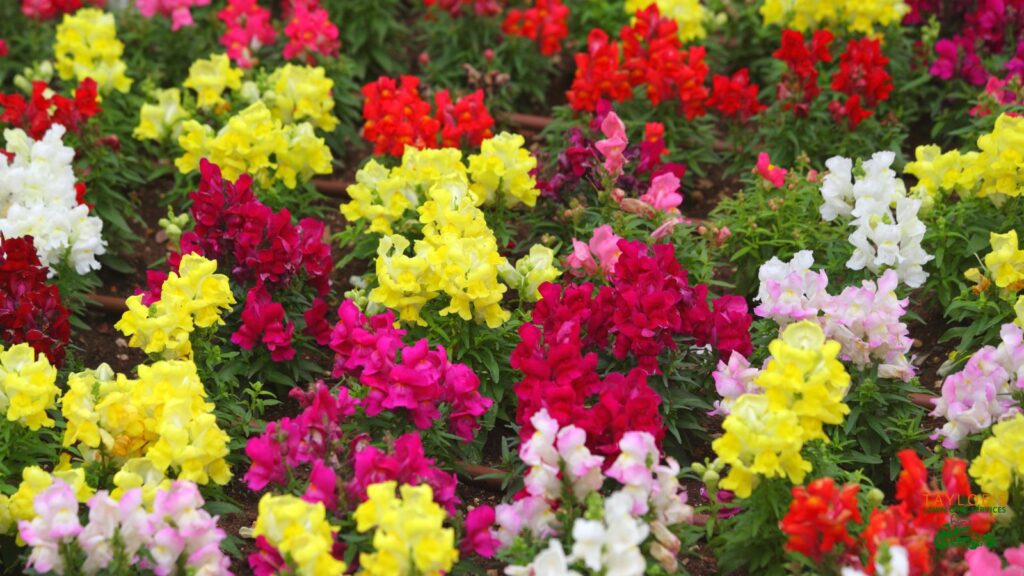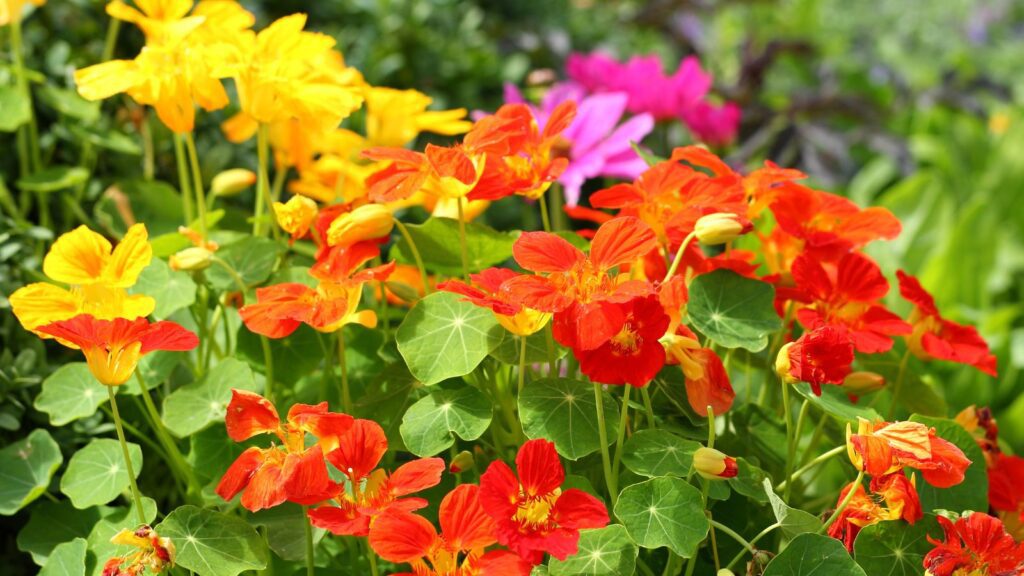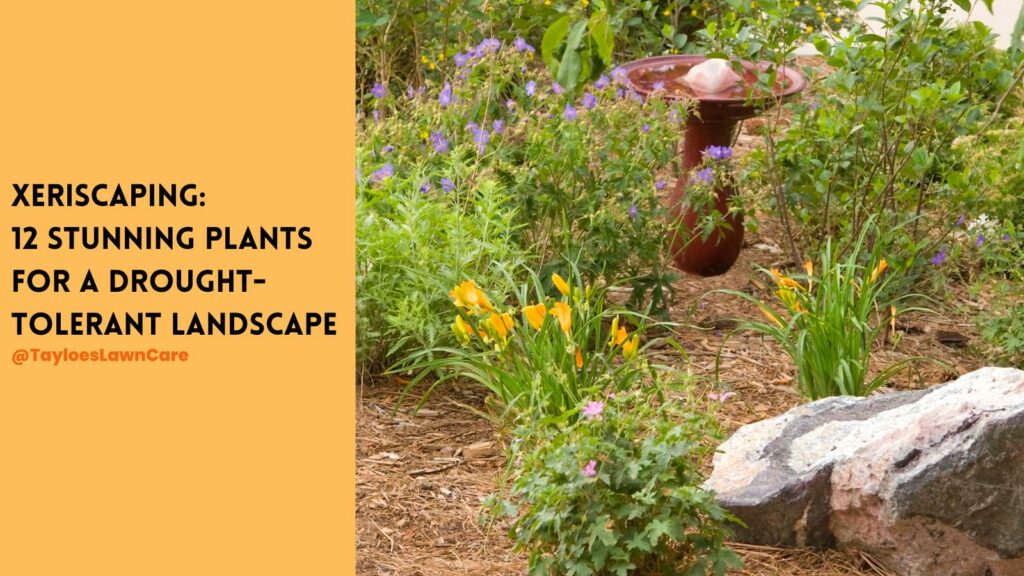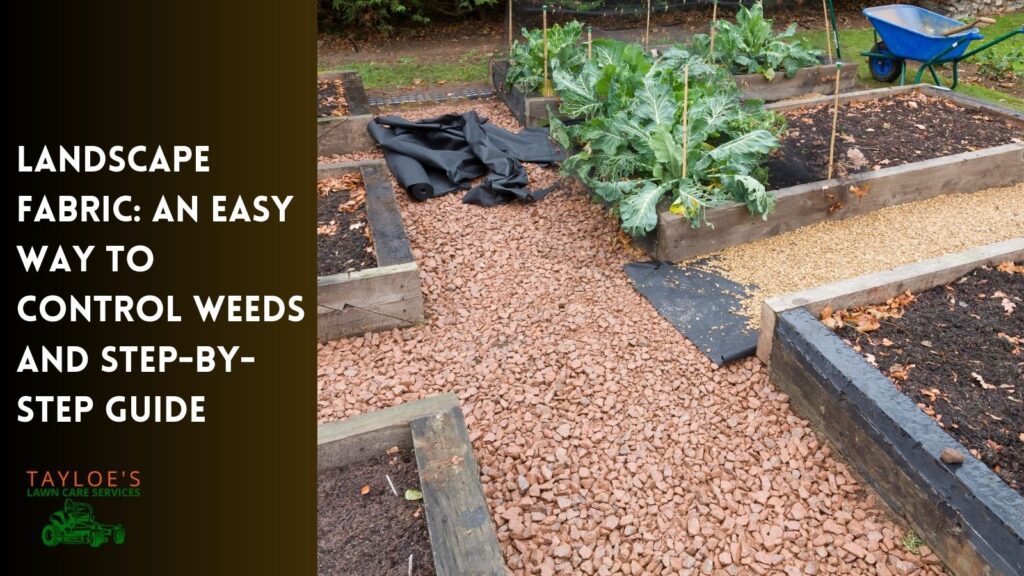Last Updated on: 28th August 2024, 08:03 am
Attract beautiful butterflies by planting the right flowers.
A butterfly garden is a lovely, serene space full of life and color. Imagine a lazy, warm afternoon delighting in the presence of these lovely winged friends.
This content explains the benefits of a butterfly garden and helps you get started. We reveal fifteen of the easiest butterfly-attracting flowers to try.
Butterflies bring a sense of peacefulness and beauty to a garden while providing a source of natural pollination and pest control.
Why Invest in Adding a Butterfly Garden to Your Landscape Plan?
Here are four compelling reasons why a gardener might want to attract butterflies to the garden:
- Butterflies add beauty to your garden: Butterflies bring airy and delicate beauty and serenity to any garden. Their colorful wings and graceful movements provide an ever-changing display of beauty as they flutter from flower to flower.
- Butterflies may contribute to natural pest control: One species, the harvester butterfly, will feed on many pests that can harm your garden, such as aphids. This species helps to keep your garden healthy and pest-free.
- Butterflies help with natural pollination: Butterflies are essential pollinators for many plants, helping to ensure the healthy growth and reproduction of the plants in your garden.
- Attracting butterflies is easy: Attracting butterflies to your garden can be done with little effort. You can easily create a butterfly-friendly garden by planting various flowering plants, adding a water source such as a shallow bird bath, and providing shelter with a butterfly house.
15 Butterfly Garden Flowers to Plant in Your Landscape
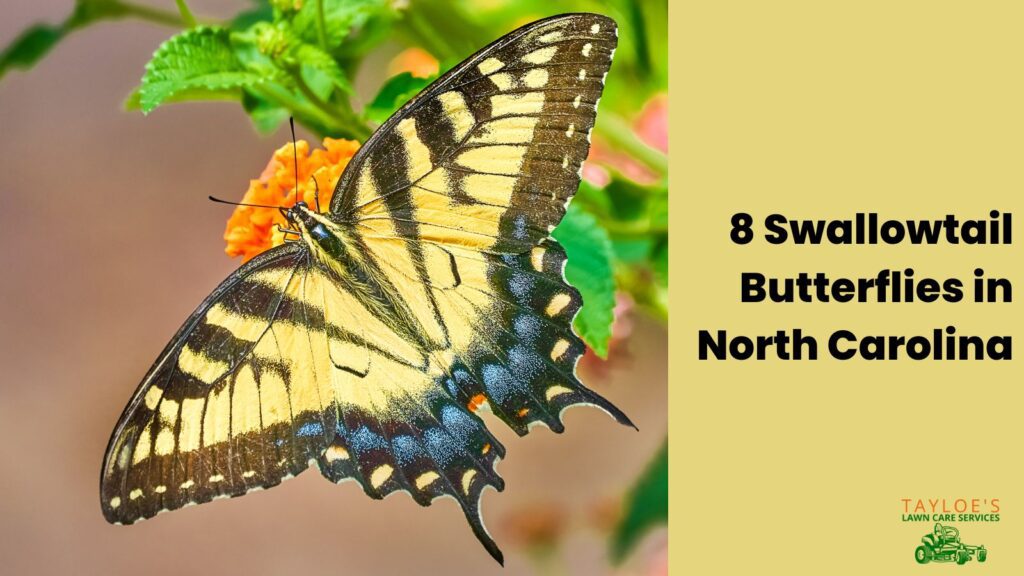
Perennials to Attract Butterflies to the Garden:
Try these pretty perennials to bring butterflies calling.
Butterfly Weed (Asclepias tuberosa):
- USDA growing zones: 3-9
- Appearance: 2-3 feet tall with orange, yellow, or rarely pink flowers in clusters.
- Scent: Mild fragrance
- Planting: sow seeds in well-drained soil in full sun. Water regularly until established.
- Maintenance: Deadhead regularly to prolong blooming and avoid self-seeding. Drought-tolerant once established.
Blazing Star (Liatris spicata):
- USDA growing zones: 3-8
- Appearance: 3-5 feet tall with spikes of showy purple flowers
- Scent: Mild fragrance
- Planting: Plant in well-drained soil in full sun. Space plants 18-36 inches apart.
- Maintenance: Deadhead regularly to prolong blooming. Drought-tolerant once established.
Bee Balm (Monarda didyma):
- USDA growing zones: 4-9
- Appearance: 2-4 feet tall with showy clusters of pink, red, purple, or white flowers.
- Scent: Strong minty fragrance
- Planting: Plant in well-drained soil in full sun to partial shade. Space plants 18-24 inches apart.
- Maintenance: Deadhead regularly to prolong blooming and prevent self-seeding. Prune back after flowering to promote bushiness.
Joe Pye Weed (Eupatorium maculatum):
- USDA growing zones: 4-9
- Appearance: 4-8 feet tall with clusters of pink to purple flowers.
- Scent: Mild fragrance
- Planting: Plant in moist soil in full sun to partial shade. Space plants 3-4 feet apart.
- Maintenance: Deadhead regularly to prolong blooming and avoid self-seeding. Cut back after flowering to promote bushiness.
Purple Coneflower (Echinacea purpurea):
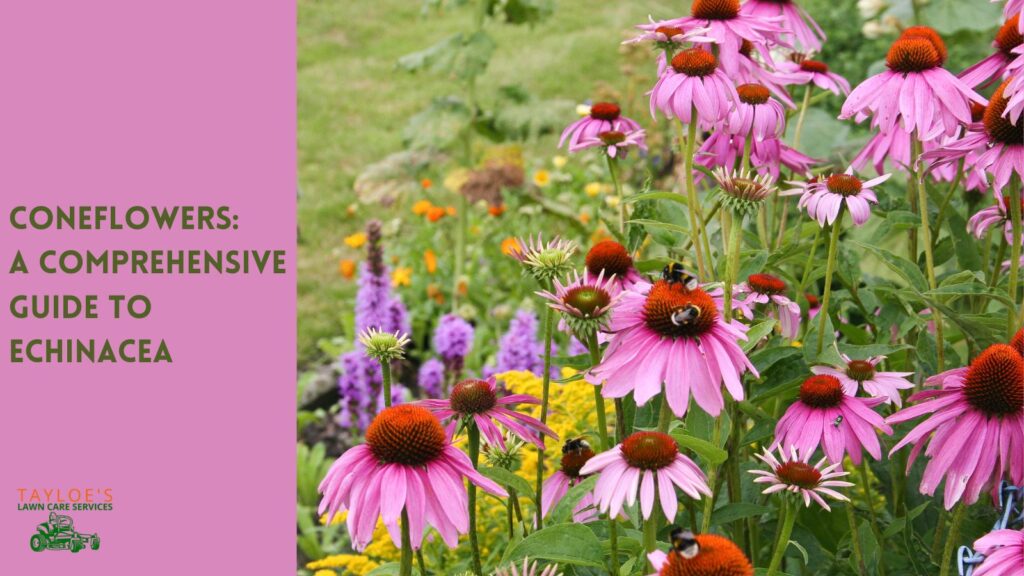
- USDA growing zones: 3-9
- Appearance: 2-4 feet tall with showy purplish-pink petals and cone-shaped centers.
- Scent: Mild fragrance
- Planting: Plant in well-drained soil in full sun. Space plants 18-36 inches apart.
- Maintenance: Deadhead regularly to prolong blooming and prevent self-seeding. Drought-tolerant once established.
Swamp Milkweed (Asclepias incarnata):
- USDA growing zones: 3-9
- Appearance: 3-4 feet tall with clusters of fragrant pink to white flowers.
- Scent: Sweet fragrance
- Planting: Plant in moist soil in full sun to partial shade. Space plants 2-3 feet apart.
- Maintenance: Deadhead regularly to prolong blooming and avoid self-seeding. Cut back after flowering to promote fuller growth.
Scarlet Sage (Salvia coccinea):
- USDA growing zones: 8-11
- Appearance: 2-3 feet tall with spikes of showy red, orange, or yellow flowers.
- Scent: Mild fragrance
- Planting: Plant in well-drained soil in full sun. Space plants 12-18 inches apart.
- Maintenance: Deadhead regularly to prolong blooming and prevent self-seeding. Cut back after flowering to promote fullness.
Annual Flowers to Grow in Your Butterfly Garden
These stunning annuals add so much color and enliven your outdoor space.
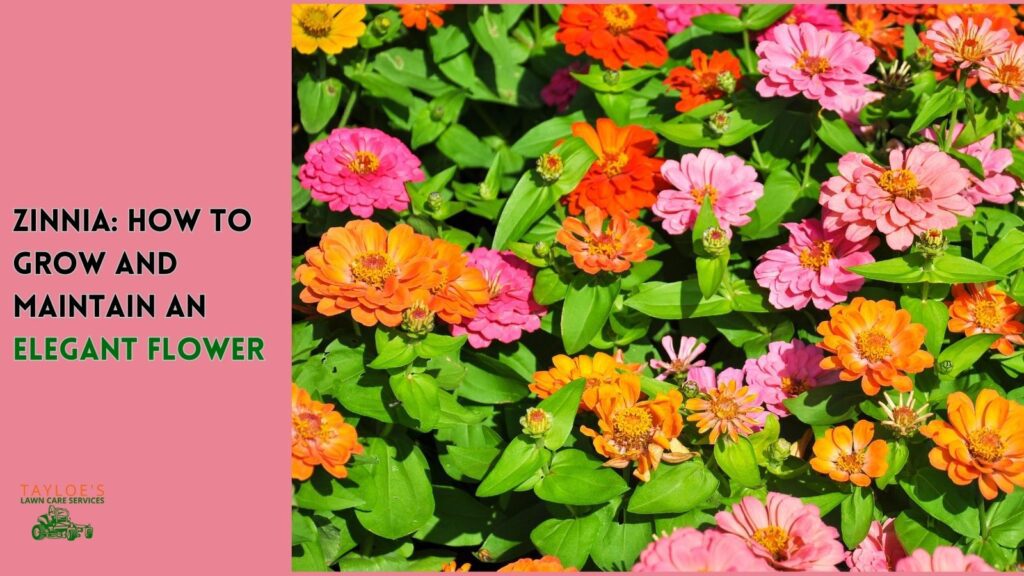
Zinnia (Zinnia elegans):
- USDA growing zones: 3-10
- Appearance: 1-3 feet tall with single or double flowers in numerous colors, including red, orange, yellow, pink, purple, and white.
- Scent: Mild fragrance
- Planting: Sow seeds in well-drained soil in full sun after the last frost. Space plants 12-18 inches apart.
- Maintenance: Deadhead regularly to prolong blooming and prevent self-seeding. Cut back leggy plants to promote growth.
Marigold (Tagetes spp.):
- USDA growing zones: 2-11
- Appearance: 6-18 inches tall with showy yellow, orange, red, or bi-colored flowers.
- Scent: Strong, spicy fragrance
- Planting: Sow seeds in well-drained soil in full sun after the last frost. Space plants 6-12 inches apart.
- Maintenance: Deadhead regularly to prolong blooming. Drought-tolerant once established.
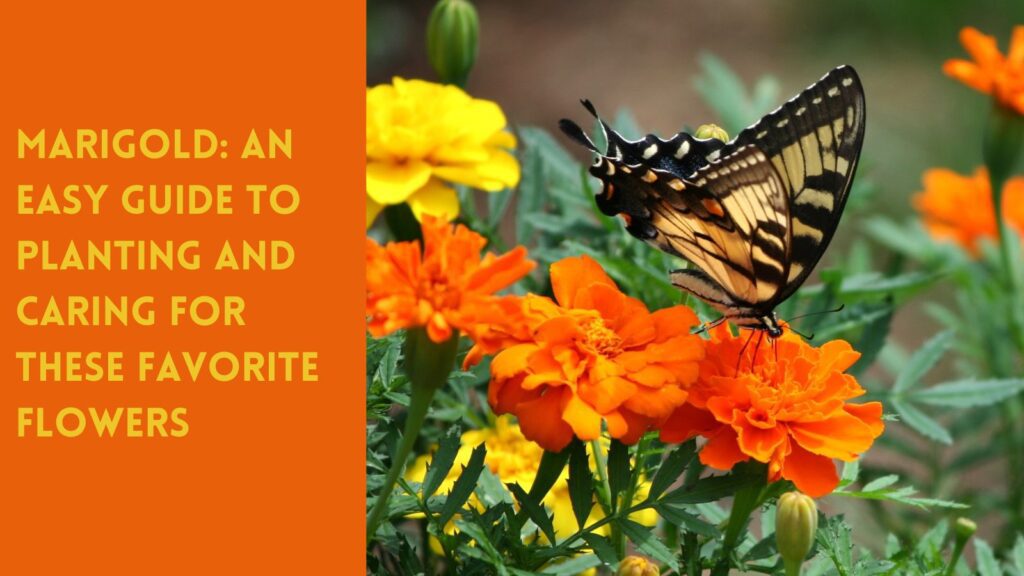
Snapdragon (Antirrhinum majus):
- USDA growing zones: 2-11
- Appearance: 6-30 inches tall with spikes of tubular flowers in a vast array of colors, including red, orange, yellow, pink, purple, and white.
- Scent: Mild fragrance
- Planting: Sow seeds in well-drained soil in full sun or light shade. Space plants 6-12 inches apart.
- Maintenance: Deadhead regularly to prolong blooming and prevent self-seeding. Cut back leggy plants to promote fullness.
Cosmos (Cosmos bipinnatus):
- USDA growing zones: 2-11
- Appearance: 2-6 feet tall with airy, daisy-like flowers in pink, white, red, orange, or yellow.
- Scent: Mild fragrance
- Planting: Sow seeds in well-drained soil in full sun after the last frost. Space plants 18-24 inches apart.
- Maintenance: Deadhead regularly to prolong blooming and prevent self-seeding. Cut back leggy plants to promote fullness.
Petunia (Petunia x hybrida):
- USDA growing zones: 9-11
- Appearance: 6-18 inches tall with showy, trumpet-shaped flowers in many breathtaking colors, including red, pink, purple, yellow, and white.
- Scent: Mild fragrance
- Planting: Plant seedlings or cuttings in well-drained soil in full sun. Space plants 12-18 inches apart.
- Maintenance: Deadhead regularly to prolong blooming. Pinch back leggy plants to promote bushiness.
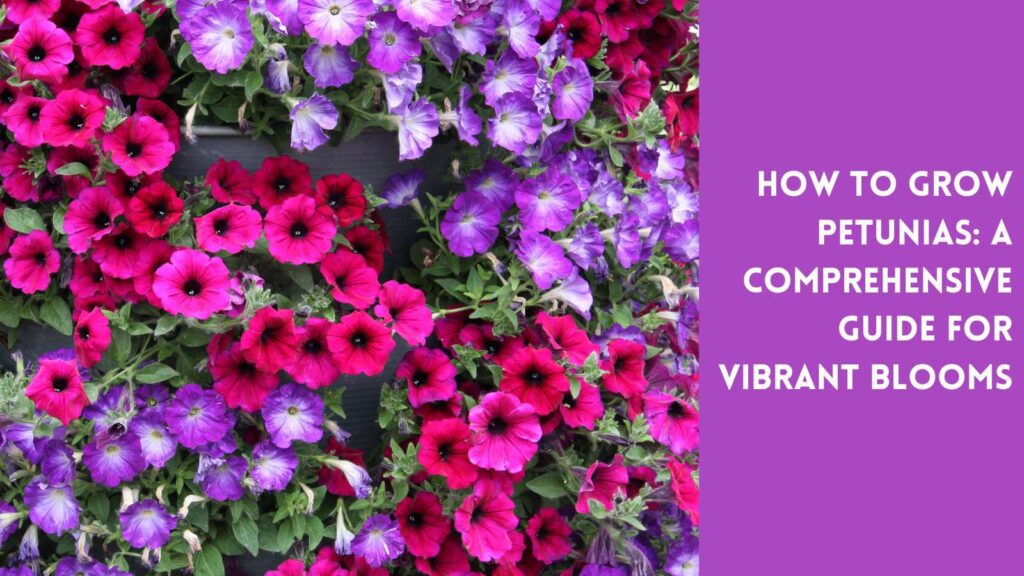
Nasturtium (Tropaeolum majus):
- USDA growing zones: 2-11
- Appearance: 6-24 inches tall with bright yellow, orange, or red flowers and round leaves.
- Scent: Mild, slightly spicy fragrance
- Planting: Sow seeds in well-drained soil in full sun after the last frost. Space plants 6-12 inches apart.
- Maintenance: Deadhead regularly to prolong blooming and prevent self-seeding. Cut back leggy plants to promote fullness.
Ageratum (Ageratum houstonianum):
- USDA growing zones: 9-11
- Appearance: 6-18 inches tall with small clusters of blue, pink, or white flowers.
- Scent: Mild fragrance
- Planting: Plant seedlings in well-drained soil in full sun. Space plants 6-12 inches apart.
- Maintenance: Deadhead regularly to prolong
Dianthus (Dianthus spp.):
- USDA growing zones: 3-10
- Appearance: 6-18 inches tall with fragrant, single, or double flowers in lovely shades of pink, red, white, or yellow.
- Scent: Strong, spicy fragrance
- Planting: Sow seeds or plant seedlings in well-drained soil in full sun. Space plants 6-12 inches apart.
- Maintenance: Deadhead regularly to prolong blooming and prevent self-seeding. Cut back leggy plants after flowering to promote health. Divide the clumps about every two or three years to maintain vigorous growth.
- Depending on the precise cultivar, Dianthus can be perennial, annual, or biennial. Check your seed packet carefully.
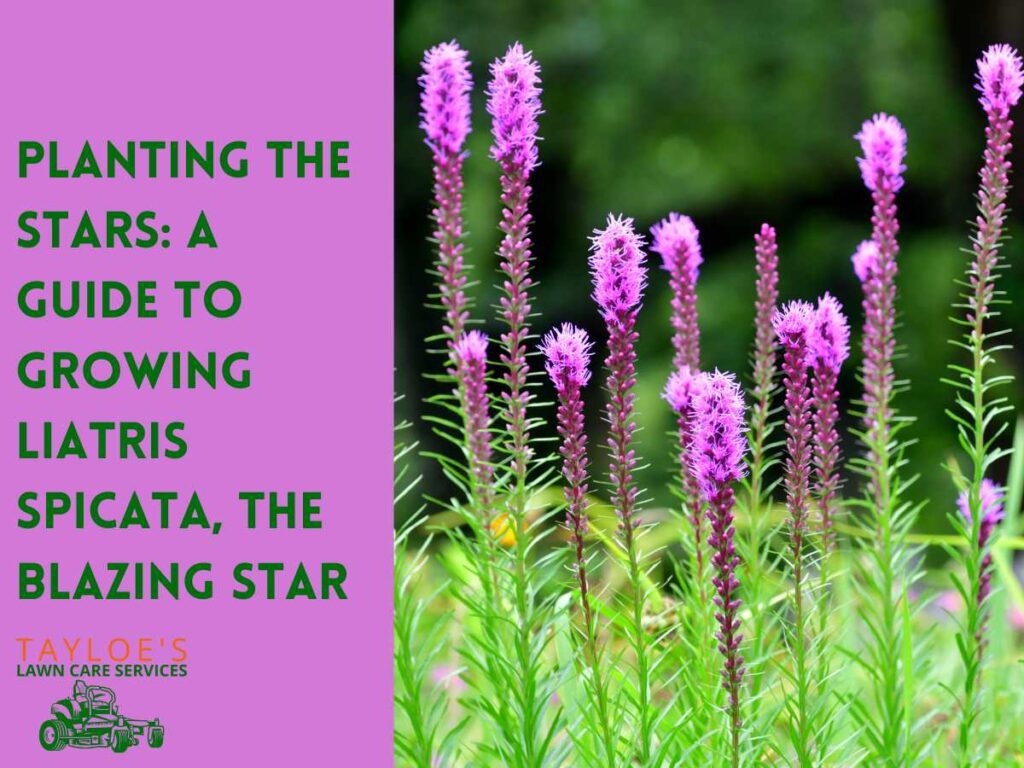
The Takeaway: A Butterfly Garden Adds Charm and Vigor to Your Garden
If you hope to add a bit of beauty and life to your garden, planting a butterfly garden could be the perfect way to do it. With minimal effort and careful attention to your growing zone, you can create a butterfly-friendly garden that is both beautiful and beneficial to your plants.
Need help cutting your grass, pressure washing your home’s exterior surfaces, or beautifying your yard? Call or text the Tayloe’s Lawn Care Services team at 252.287.3375. You can also connect with us on Facebook.
Author Profile

- Deborah Tayloe is the CEO and co-founder of Tayloe's Lawn Care Services, LLC. She has a B.S.Ed and holds certificates in soil and water management and herbology from accredited programs.
Latest entries
 GardeningSeptember 27, 2025What perennials, shrubs, and trees don’t like fall pruning (and why)?
GardeningSeptember 27, 2025What perennials, shrubs, and trees don’t like fall pruning (and why)? Trees and ShrubsSeptember 14, 2025Fall Shrub Pruning Guide (September–October)
Trees and ShrubsSeptember 14, 2025Fall Shrub Pruning Guide (September–October) Trees and ShrubsApril 22, 2025Boxwood Blight: Early identification and isolation
Trees and ShrubsApril 22, 2025Boxwood Blight: Early identification and isolation Flower GardenApril 8, 2025John F. Kennedy Rose: Hybrid tea rose with elegant white blooms
Flower GardenApril 8, 2025John F. Kennedy Rose: Hybrid tea rose with elegant white blooms

